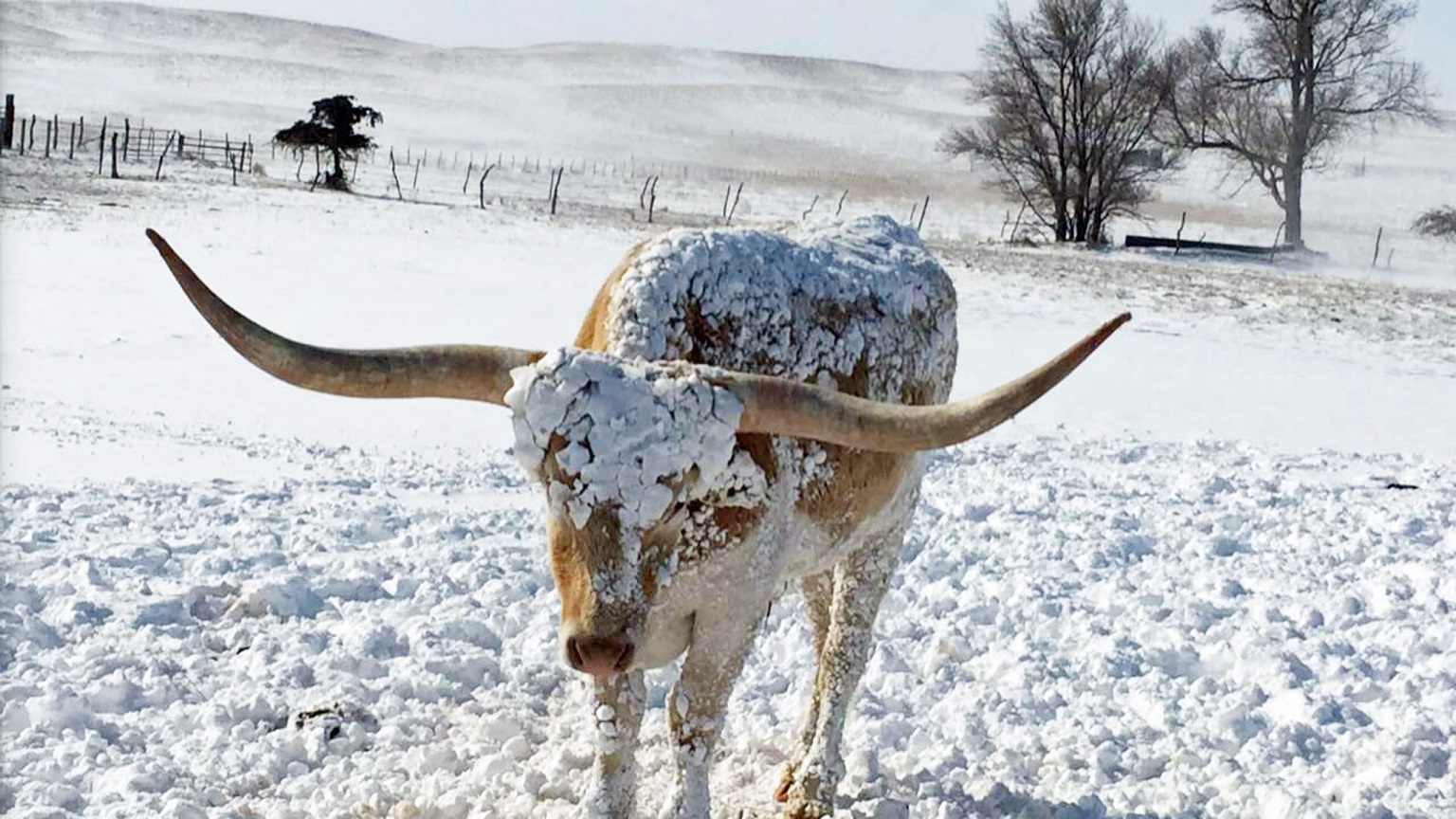Extreme Weather Events and the Livestock Indemnity Program

Listen to a discussion of the content in this article on this episode of the BeefWatch podcast. You can subscribe to new episodes in iTunes or paste http://feeds.feedburner.com/unlbeefwatch into your podcast app.
The Livestock Indemnity Program (LIP), administered by the USDA Farm Service Agency (FSA), provides compensation to eligible livestock producers who have suffered livestock death losses in excess of normal mortality due to adverse weather, including extreme cold, storms and flooding. With the extreme weather conditions we have been experiencing this winter, it is important livestock producers diligently document and report their death losses for possible LIP payments.
To be eligible for LIP payments, a producer must file a notice of loss on form CCC-852 with his/her local FSA office within 30 calendar days of when the death losses become apparent. The producer can then file an application for payment to request compensation for losses in excess of the normal annual mortality rate. This must be completed no later than March 1, 2020. Multiple notices of losses and multiple applications for payment may be filed by producers that suffer multiple livestock losses during the same calendar year. Once a qualifying weather event has been identified, adult livestock dying within 60 days of that qualifying event can be considered eligible for loss benefits.
Good record keeping habits should be part of the livestock manager’s DNA anyway but it is at times like these that those habits can really pay dividends. The logical question to ask any producer submitting an LIP notice of loss and application for payment to an FSA office is, “How can you verify what you are trying to tell us?” Producers should provide records of the pertinent information regarding the livestock losses suffered due to an eligible adverse weather event, including things such as the number, kind, type and weight range of livestock that died, supplemented with dated photographs, video records, rendering receipts, or veterinarian records. A photograph with a camera or smart phone showing the date the loss occurred can be a quick and simple record of the losses incurred. For calving losses, document death losses in your calving book with clear notes as to what exactly caused the death.
LIP payments are calculated based on eligible death losses in excess of normal annual mortality. Normal mortality rates are established by FSA on a State-by-State basis using recommendations from State livestock and Extension Service organizations. Table 1 contains the normal mortality rates established for beef cattle in Nebraska. Producers need accurate inventory counts showing the number and type of livestock that were affected by the eligible event. Beginning and ending year inventory numbers supplemented with production records, purchase records, sale records, veterinarian records, inventory related bank loan documentation, and other reliable documents can help verify livestock inventories at different points throughout the year.
It is important for producers to realize that normal death losses that occur throughout the year are equally important to document and verify. For example, suppose a Nebraska beef cattle producer owns 400 pregnant cows at the beginning of the calendar year. Veterinary records of the fall pregnancy check and the producer’s own inventory records would help verify this information. This producer’s normal annual mortality would be five cows and twenty calves based on the rates displayed in Table 1 for the state of Nebraska. Following an eligible adverse weather event, the producer is able to verify the loss of four cows and twenty-two calves due to the event by filing a notice of loss on form CCC-852 with the local FSA office along with the supporting evidence. Based on this information, the producer could file a request for compensation on two calves in excess of the normal mortality rate. However, the producer also documents normal death losses throughout the year that account for the loss of ten more calves and three cows. In summary, the producer’s LIP application(s) for payment could then request compensation for twelve calves and two cows. This would be the amount the producer’s annual death losses would exceed normal mortality rates and be within the confines of the documented death losses attributed to the eligible weather event.
| Type | Weight Range | Normal Mortality Rate |
|---|---|---|
| Adult | Cows and Bulls | 1.5% |
| Nonadult | 800 pounds or more | 1% |
| 400 to 799 pounds | 2% | |
| Less than 400 pounds | 5% |
The LIP payment rates are based on 75 percent of the national market value of the livestock. For example, the 2018 payment rate for a cow would have been $983.90 per head and a calf under 400 lbs would have been $468.92 per head. Payment rates have not yet been set for 2019 losses, but still are a potentially important cost recovery from the financial impacts of losing a larger than normal number of animals.
View the Livestock Indemnity Program (LIP) Factsheet from FSA
Contact your local FSA Office for more information on the LIP program.
Jay Parsons
Farm and Ranch Management Specialist
Department of Agricultural Economics
University of Nebraska–Lincoln
jparsons4@unl.edu
